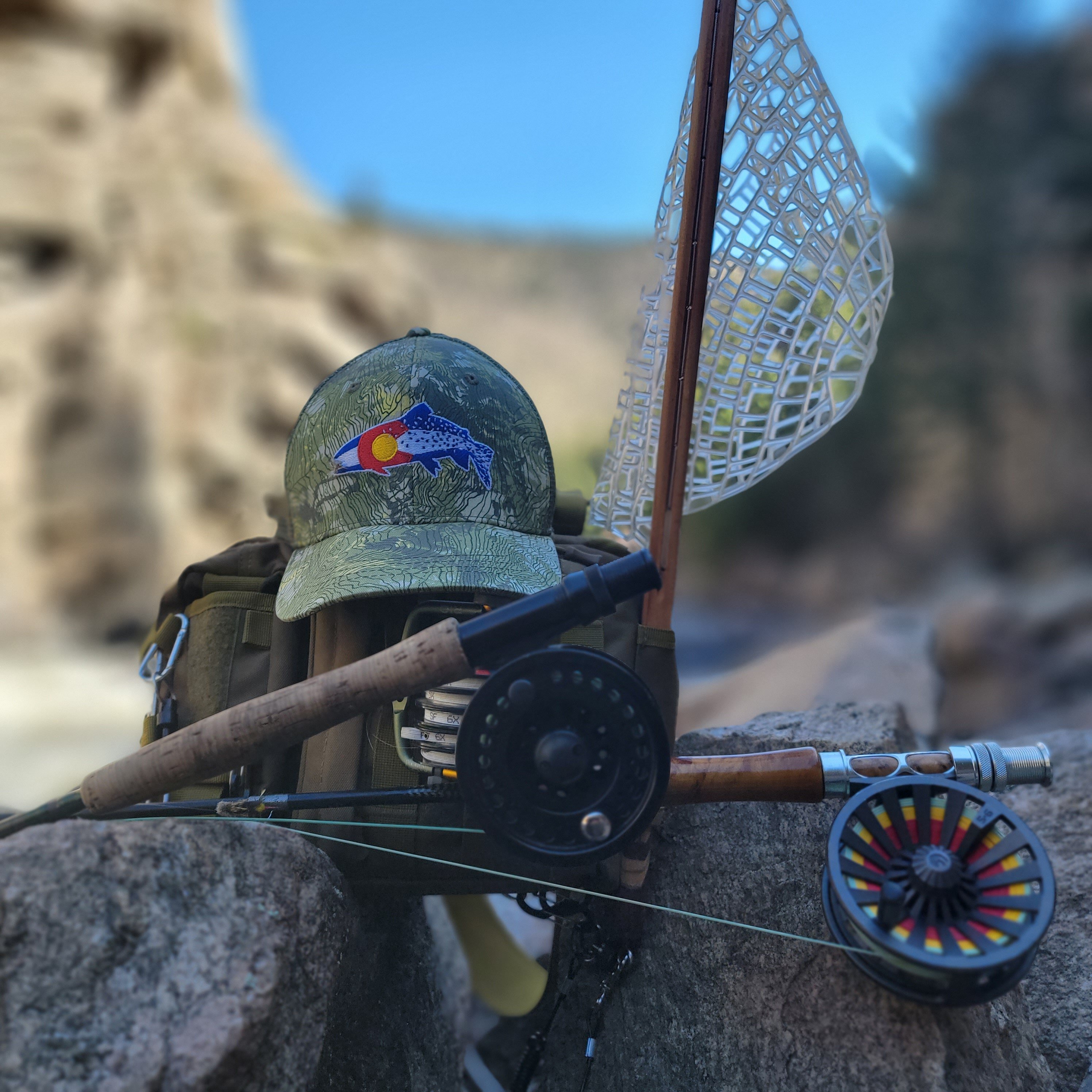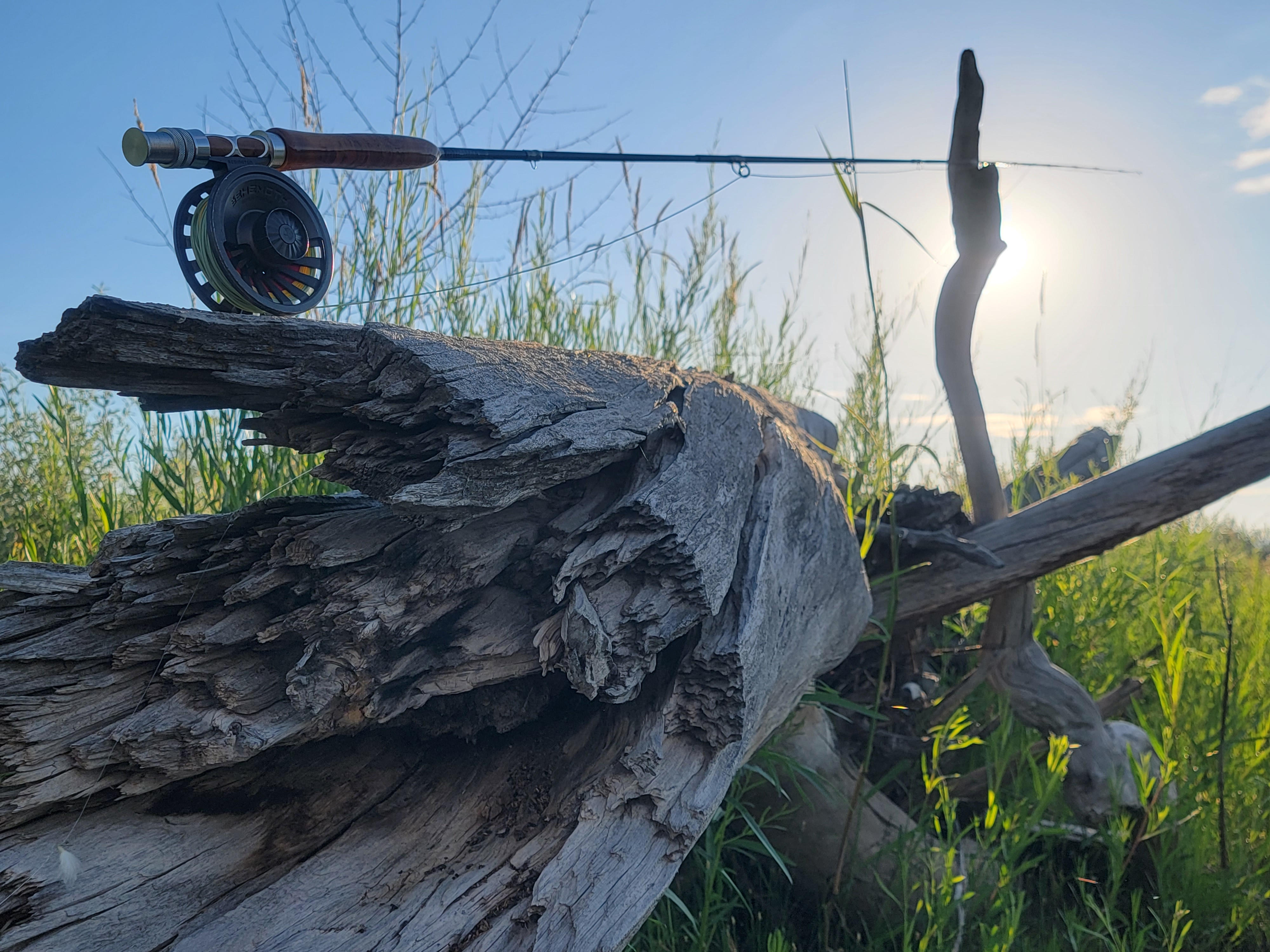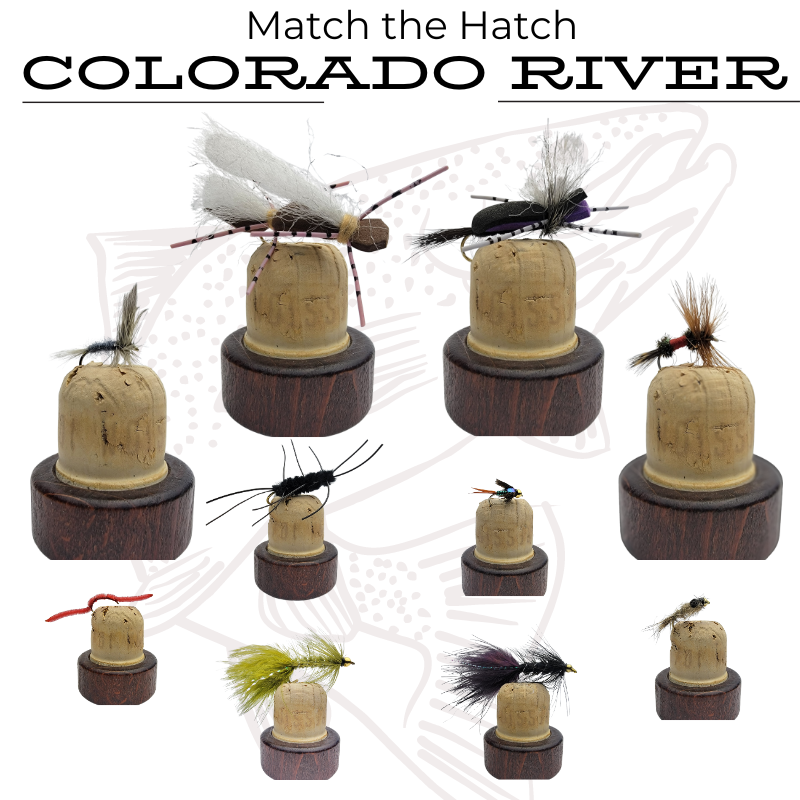The art of matching the hatch is a skill that can take time and practice to master, but it's well worth the effort. By understanding the nuances of Colorado's mayflies and how to match them with the right fly, you can take your fly fishing to the next level and experience the thrill of catching more fish. So don't be afraid to dive in and explore this fascinating technique!
Mayflies: The Intriguing Insect
Photo credit: Wikipedia
Mayflies are fascinating insects known for their short adult lifespan and abundance in Colorado's rivers and lakes. These delicate creatures have a unique life cycle, making them a key focus for fly fishermen. Understanding the behavior and characteristics of mayflies is essential for successfully matching the hatch.
Mayflies belong to the order Ephemeroptera, which means 'short-lived wings.' They are ancient insects that have been around for millions of years, dating back to the time of dinosaurs. Mayflies are characterized by their delicate wings, slender bodies, and long tails. They are often found near bodies of water, requiring aquatic environments for their nymph and adult stages.
One of the most intriguing aspects of mayflies is their short adult lifespan. Most species only live for a few hours or days as adults, during which they mate, lay eggs, and die. This brief window of opportunity creates a feeding frenzy among fish, making it the perfect time for fly fishermen to imitate the hatching mayflies and entice hungry fish.
Identifying Mayfly Species in Colorado

Photo credit: Flickr
Colorado is home to various mayfly species, each with unique characteristics and hatching patterns. Identifying the species of mayflies in your fishing area is crucial for successfully matching the hatch.
To identify mayfly species, start by observing their physical attributes. Look at the size, color, and shape of the adult mayflies, as well as the color and patterns of their wings. Take note of any distinctive features, such as the presence of tails or the shape of their bodies.
Additionally, pay attention to the timing of the hatch. Mayflies have specific hatching periods throughout the year, and different species may hatch at various times. By keeping track of the seasonal patterns of mayfly hatches, you can narrow down the potential species you are likely to encounter.
Consulting local fishing guides, entomology books, or online resources can also help identify mayfly species in your area. These resources often provide detailed descriptions and images of different species, making matching the hatch with the right flies easier.
Timing is Everything: Understanding Mayfly Life Cycles

Photo credit: Wikipedia
Understanding the life cycle of mayflies is essential for successful fly fishing. Mayflies have a unique life cycle that consists of four stages: egg, nymph, dun, and spinner.
The life cycle begins when adult mayflies lay their eggs on the water's surface or attach them to underwater vegetation. These eggs then hatch into nymphs, which spend most of their lives in the water. Nymphs are aquatic insects that resemble small worms or larvae. They feed on algae, vegetation, and other tiny organisms.
After a period of growth and development, nymphs emerge from the water and shed their exoskeletons to become duns. Duns are the sub-adult stage of mayflies and have fully developed wings. They rest on the water's surface or nearby vegetation before molting into the final stage.
The last stage of the mayfly life cycle is the spinner stage. Spinners are mature adults ready to mate and lay eggs. They have clear wings and long, slender bodies. Spinners often gather in large groups above the water, performing a dance-like mating ritual before returning to the water to lay their eggs and complete the life cycle.
By understanding the timing and behavior of each stage in the mayfly life cycle, fly fishermen can match the hatch and present the right flies to entice feeding fish.
Matching the Hatch: Selecting the Right Flies

Matching the hatch is the key to successful fly fishing for mayflies in Colorado. The goal is to imitate the appearance and behavior of the hatching mayflies as closely as possible to fool the fish into biting.
To select the right flies, observe the hatching mayflies on the water. Pay attention to their size, color, and shape. Look for any specific patterns or markings that distinguish them from other insects.
Choose fly patterns that closely resemble the hatching mayflies based on your observations. Consider the size and color of the flies, as well as the materials used to tie them. It's important to have a variety of fly patterns in different sizes and colors to match the changing conditions and preferences of the fish.
In addition to imitating the appearance of the hatching mayflies, it's also crucial to imitate their behavior. Mayflies are delicate and fluttery insects, so flies that mimic their natural movement and presentation will be more effective in enticing fish.
Experiment with different fly patterns and techniques until you find the right combination that triggers the fish's feeding response. Remember that mayfly hatches vary in intensity and duration, so be prepared to adapt your fly selection accordingly.
Remember, matching the hatch is not an exact science, requiring observation, experimentation, and experience. With practice, you will be able to imitate the hatching mayflies closely and increase your chances of success.
Tips and Techniques for Successful Mayfly Fishing
Successfully fishing the mayfly hatch in Colorado requires more than just matching the hatch. Here are some tips and techniques to improve your chances of success:
- Observe the water: Look for rising fish, feeding activity, and any signs of hatching mayflies. Pay attention to the water temperature, flow, and clarity, as these factors can influence the behavior of the fish and the hatching mayflies.
- Use the right tackle: Choose a fly rod and line that are suitable for the size of the fish and the fishing conditions. A lighter rod with a delicate presentation is often preferred for mayfly fishing.
- Approach stealthily: Mayflies are sensitive to disturbances, so it's important to approach the fishing area quietly and avoid making unnecessary movements. Wear neutral-colored clothing and use a slow and deliberate casting motion to avoid spooking the fish.
- Present your flies naturally: Cast your flies upstream and let them drift with the current, mimicking the natural movement of the hatching mayflies. Avoid drag by mending your line and leader as needed.
- Be patient and observant: Mayfly fishing requires patience and keen observation. Pay attention to the fish's behavior and feeding patterns, and adjust your techniques accordingly. Be prepared to change your flies or presentation if the fish are not responding.
By following these tips and techniques, you can enhance your skills as a mayfly angler and increase your chances of a successful fishing trip in Colorado.
.png?width=300&height=100&name=Rise%20Beyond%20Logo%2010.29.24%20300x100px%20(2).png)
.png)



